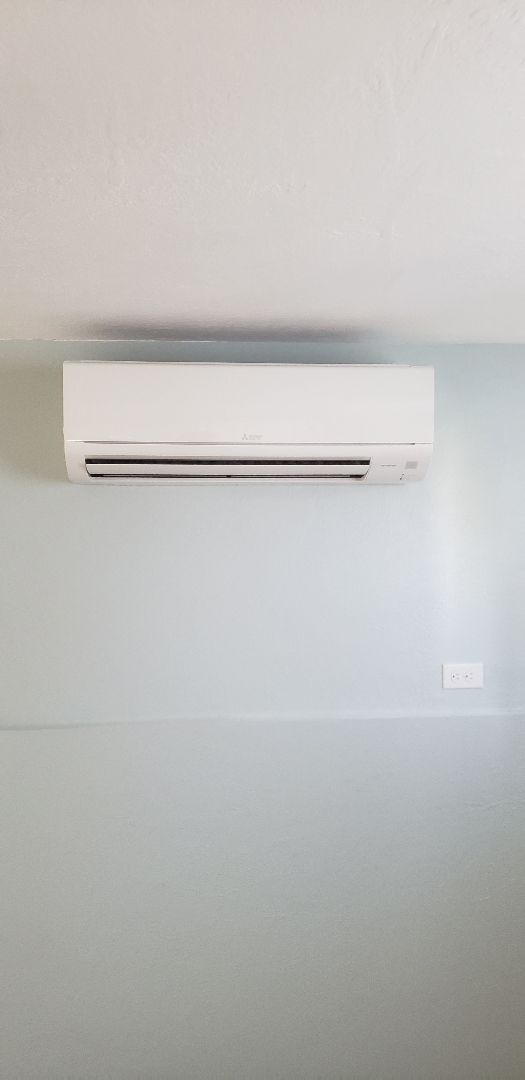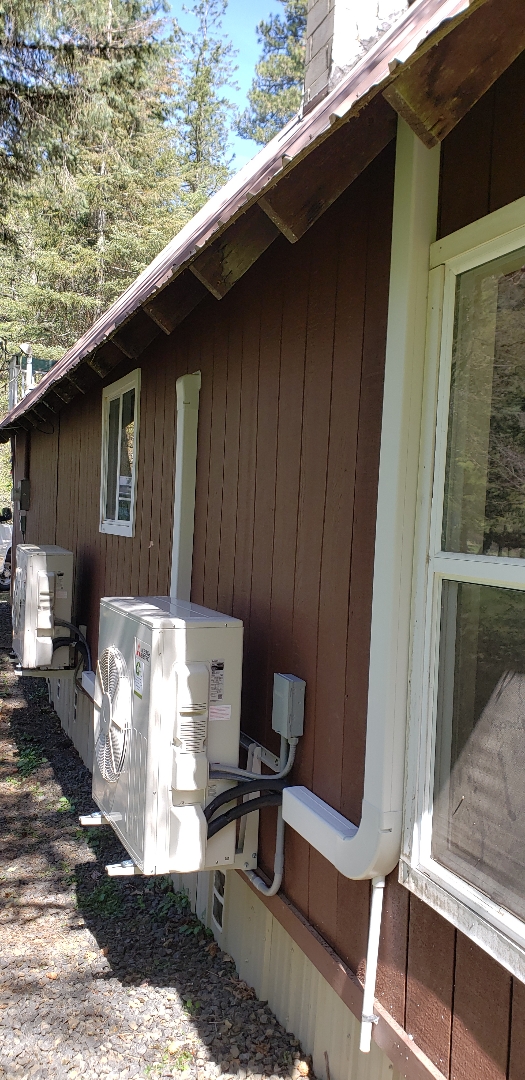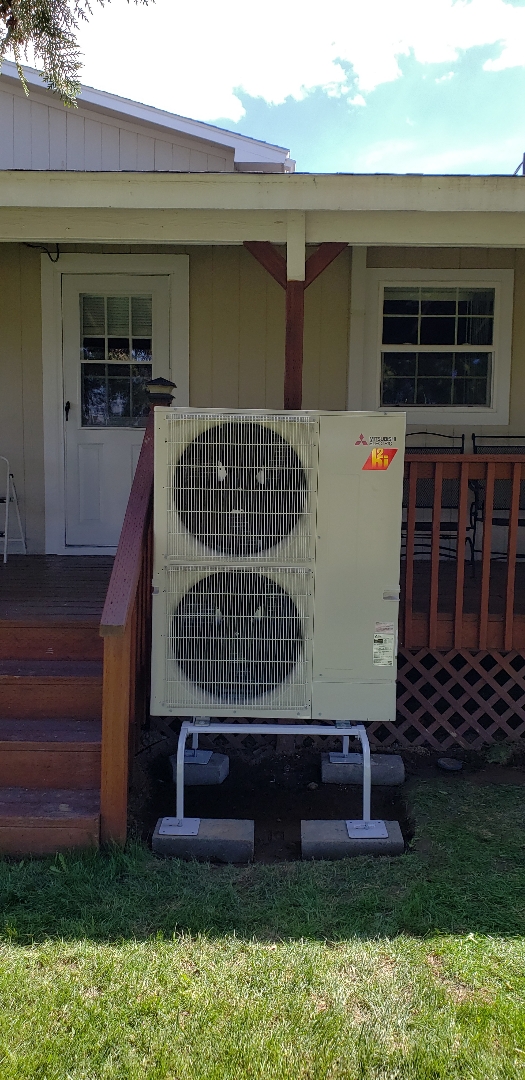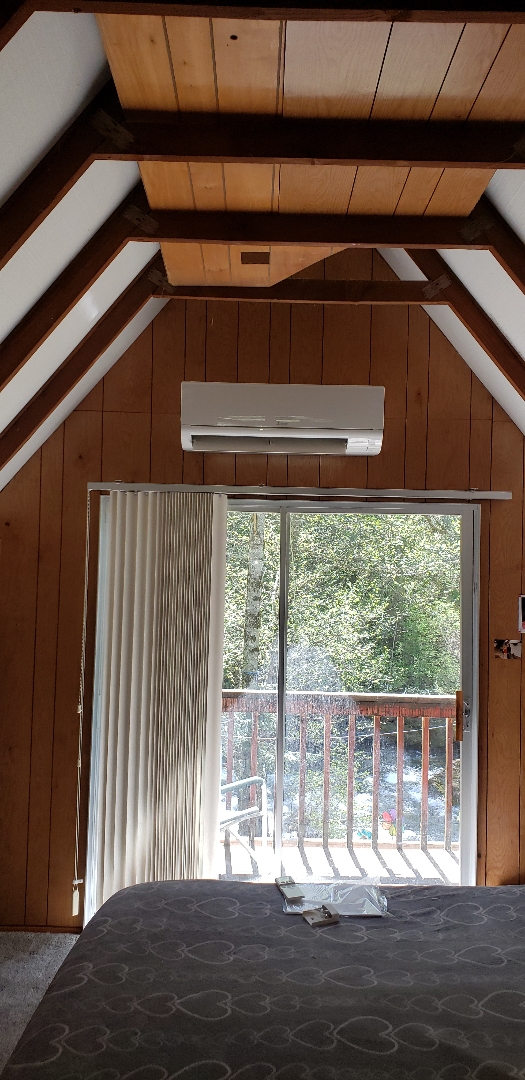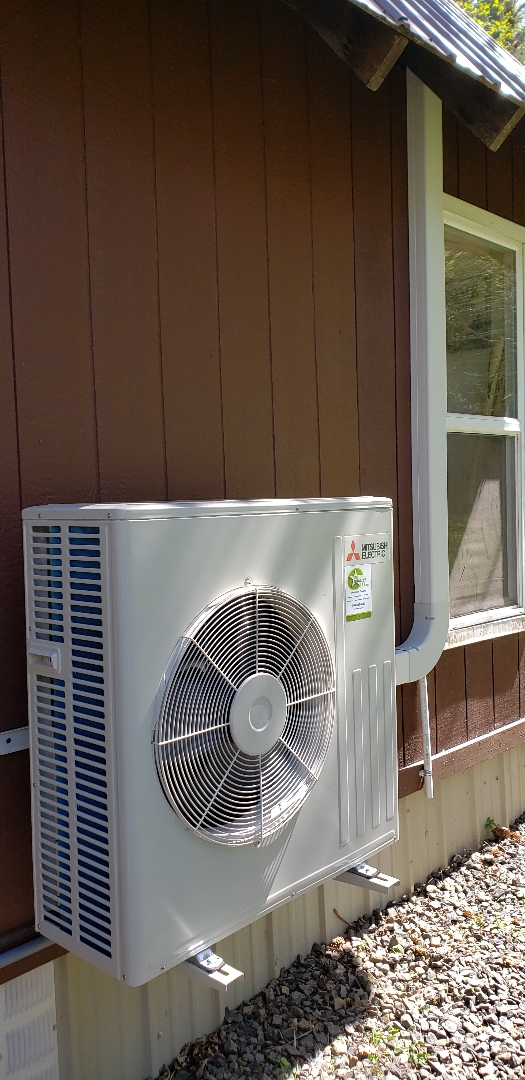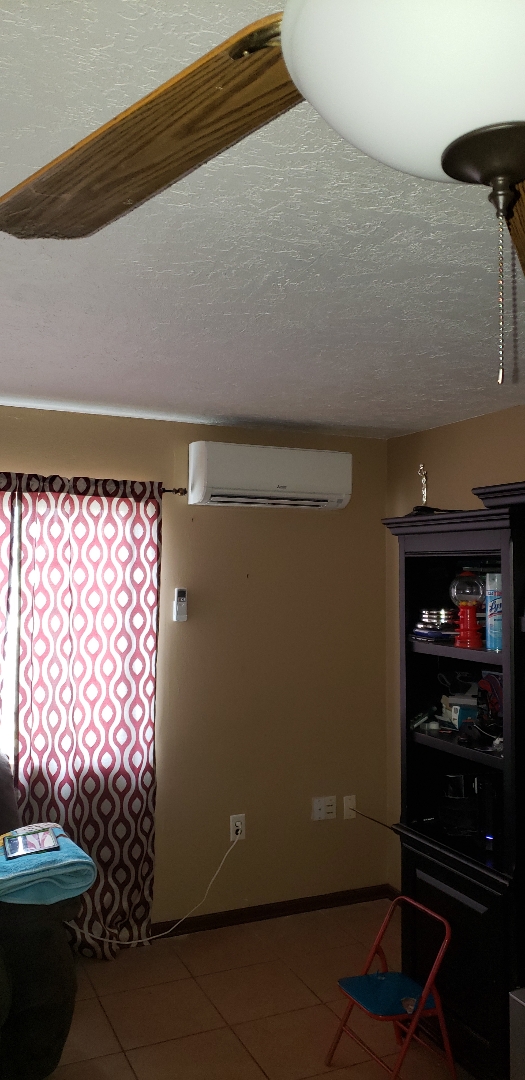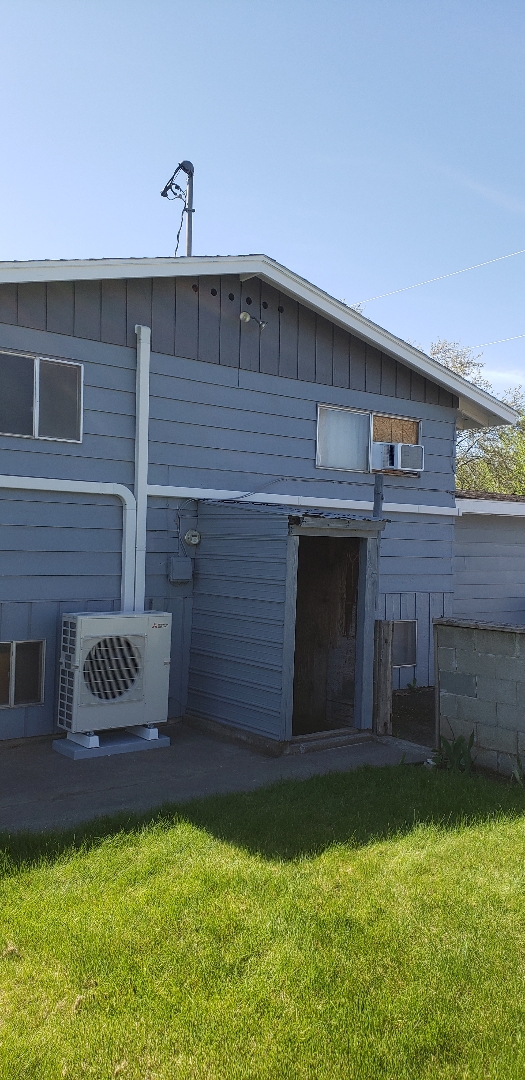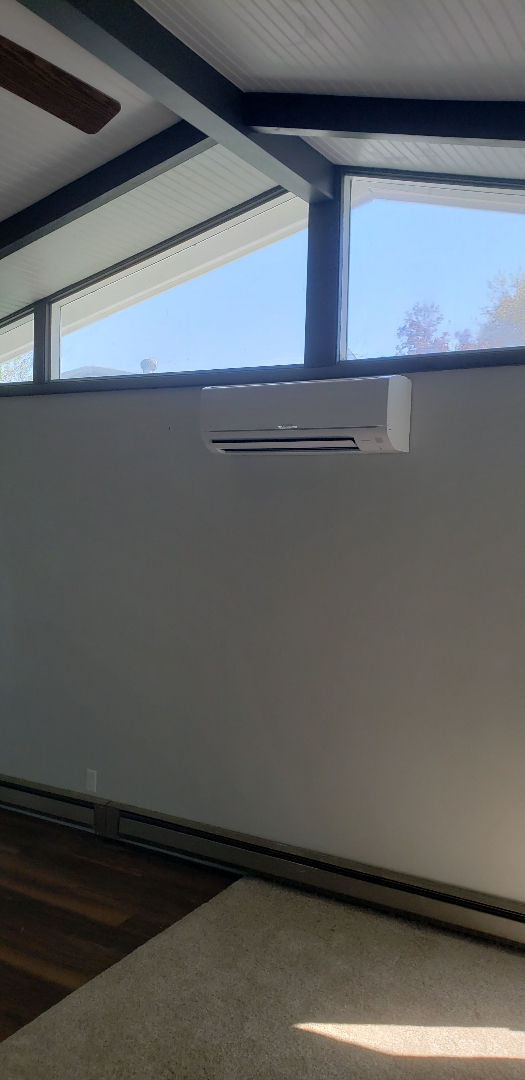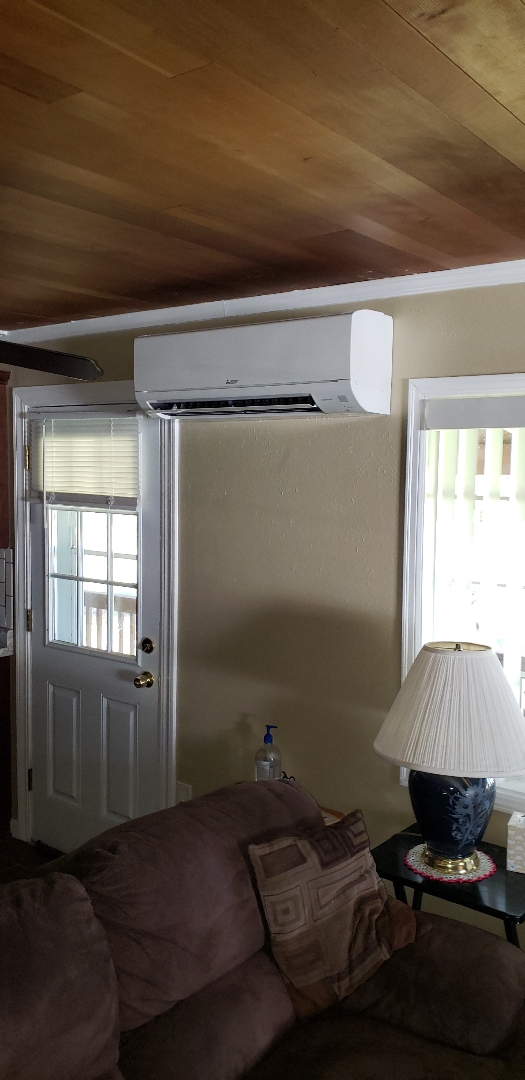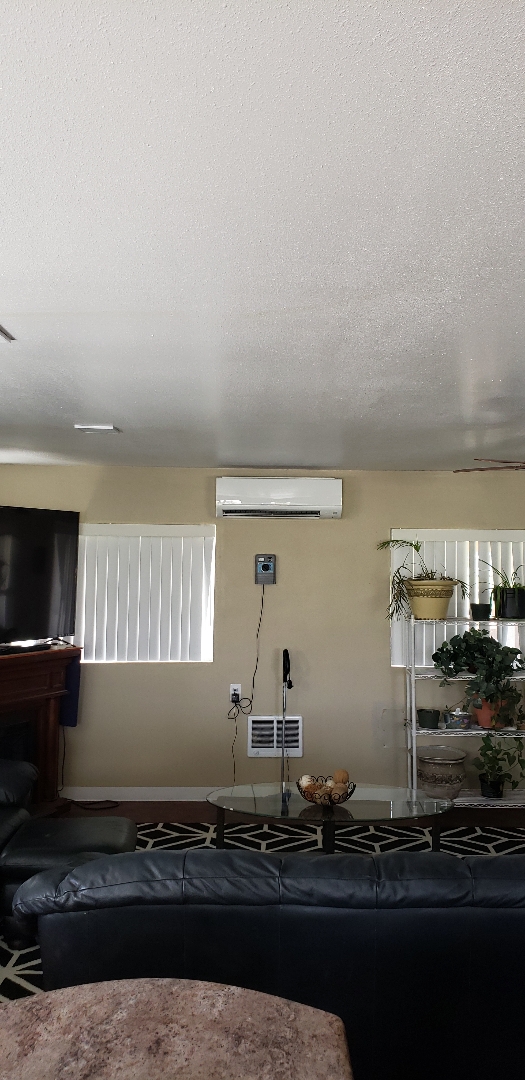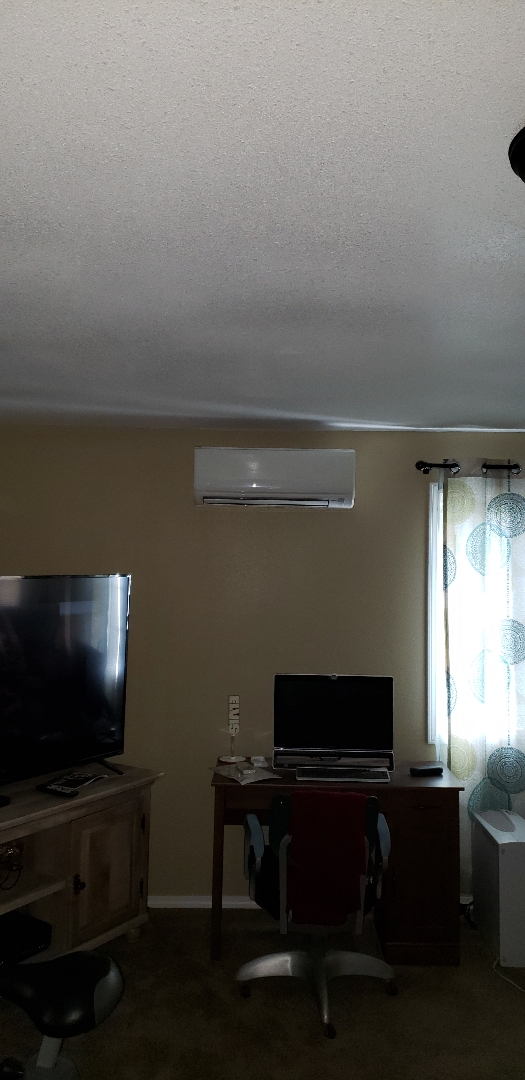DUCTLESS HEATING & COOLING SYSTEMS
YEAR-ROUND COMFORT
AND LONG-TERM SAVINGS

Your ductless system gives you more control over your home’s temperature while heating and cooling at a fraction of the cost of baseboard, wall and ceiling heat or electric furnaces. Follow these guidelines to optimize its efficiency and your comfort.
SET THE SYSTEM OPERATION TO HEAT OR COOL MODE
Use the HEAT or COOL operation mode to meet the temperature needs of the season. Do not use AUTO for the operation mode, as it does not provide efficient or comfortable results in the Northwest. Please note that the operation mode is different from the fan speed.
SET THE FAN SPEED OPTION TO AUTO
Use the AUTO fan speed setting instead of other fixed settings, such as QUIET, LOW, MEDIUM or HIGH. This setting automatically adjusts the fan speed for efficiency and comfort.
PROGRAM YOUR SYSTEM TO YOUR PREFERRED TEMPERATURE
Set your ductless heat pump to a comfortable temperature and let the system self-adjust to meet your needs. Your owner’s manual will show you how to program your system.
EXPAND YOUR COMFORT ZONE
Close the windows and leave interior doors open to allow the system to provide conditioned air to the rest of the house.
EXTEND YOUR SYSTEM’S LIFE WITH HOMEOWNER MAINTENANCE
Clean your air filters every two months and replace them per the recommendations in your owner’s manual. Keep the outdoor unit clear of leaves, plants or other items that may affect airflow or clog drainage under the unit. Inspect your outdoor unit seasonally to ensure that the outdoor coil is clean, there are no breaks in pipe coverings or insulation and there are no oil stains around the refrigerant line-set connections. Contact your installer if your ductless system needs repair or annual maintenance.
HEATING AND COOLING OPERATION RECOMMENDATIONS
WHEN TO USE SECONDARY HEATING AND COOLING SYSTEMS
Use the ductless system as your primary heating and cooling system to maximize its benefits. Keep secondary systems off until you require them for your comfort. Supplement with your secondary system when needed until you feel comfortable.
EXTREMELY COLD WEATHER
In extremely cold weather, the ductless system may be less able to provide the desired comfort to all areas of the home. When outdoor temperatures drop below freezing, consider running your backup heat more often. In addition, please consider:
• Turning your thermostat up a few degrees
• Setting your fan speed to HIGH
• Closing doors to unused rooms to contain the heat in the primary living space
DEFROST FUNCTION
During cold, humid weather, the coil on the outdoor unit may accumulate frost, and your ductless system will automatically enter defrost mode for 5 to 15 minutes. While in defrost mode, it is normal to notice small impacts to heat production, indicator lights on the indoor unit and/or water below the outdoor unit. Please note that repeated defrost cycles within a short duration may temporarily reduce heat output of the unit, and supplementary heat may be needed during these times.
SYSTEM SOUNDS
In addition to the low-level fan sound, you may also hear whirring, clicking or the sound of rushing fluid. These sounds are normal and result from thermal expansion, refrigerant movement or mechanical parts. Contact your installer if you notice unusual vibrations or noises coming from the unit.
Refer to your owner’s manual for more details about your specific system.
MAINTENANCE GUIDELINES
PROFESSIONAL MAINTENANCE
Your ductless system should be serviced annually by a trained technician. Consider purchasing a parts and labor warranty and regular maintenance package from your installer to extend the life of your system and ensure efficient operation. Make sure the maintenance package includes:
• Cleaning and treating the indoor and outdoor coils and filters
• Checking the operation of the fan motor and blower assemblies
• Cleaning the outdoor unit
• Checking the unit for leaks, condition of insulation and mounting base, operating pressures and voltages, and temperature splits at maximum operation
• Evaluating the refrigerant system and recharging as needed

IMAGES OF WORK PERFORMED LOCALLY BY TOTAL QUALITY AIR:

